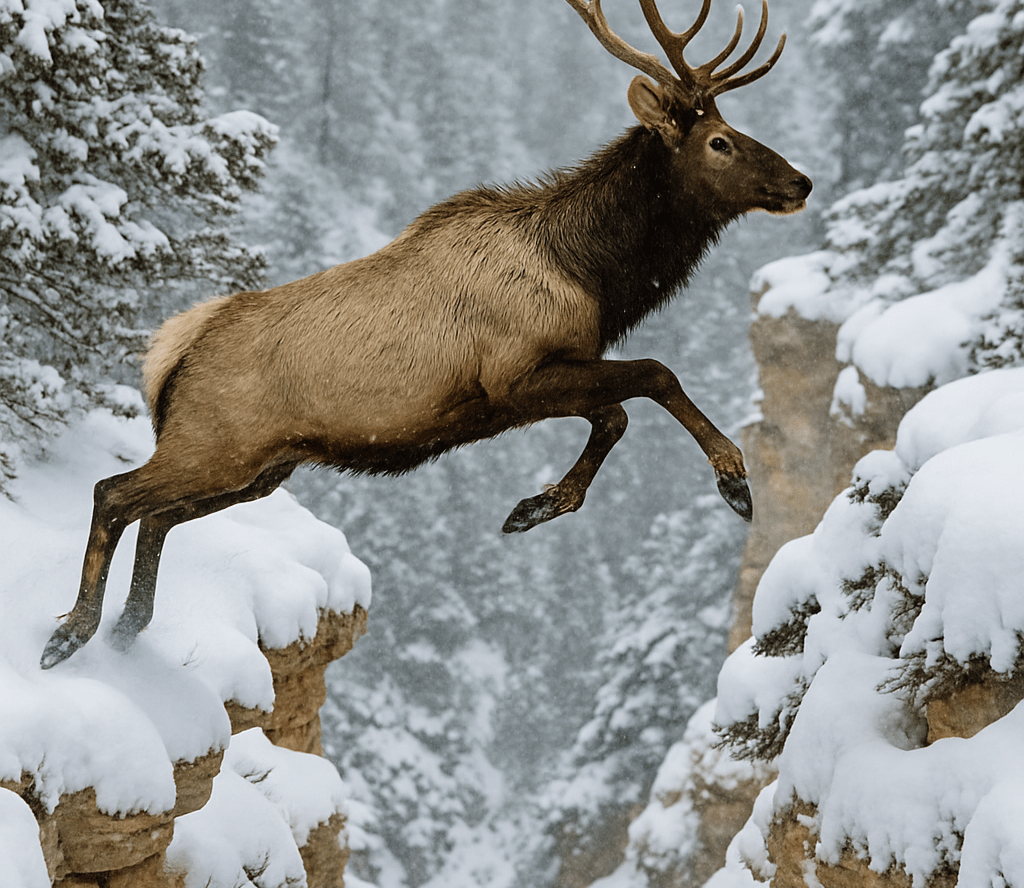Wild Animal Encounter Safety: How to Stay Safe in the Wilderness
Learn essential wild animal encounter safety tips for hiking: from bears & cougars to snakes and insects. Stay safe in the wild — prepared, respectful, confident.


Wild Animal Encounter Safety: How to Stay Safe in the Wilderness
Embarking on a wilderness adventure brings the thrill of diverse wildlife encounters — but safety is key. Follow these wild animal encounter safety tips to navigate wildlife with respect and awareness, ensuring your journey remains both exhilarating and secure.
Understanding Animal Behavior: The Foundation of Wild Animal Encounter Safety
Research Local Wildlife
Before heading out, learn about common species that inhabit the area you plan to be in (i.e bears, elk, snakes etc ...). Read up on their habits, territories, and risk factors.
Identify Wildlife Presence
Look for signs like tracks along or near the trail, scratch marks in the area on things like tree barks, droppings, molted fur. Of course, always listen for animal calls or sounds to stay alert to their presence. When you're in the wilderness where dangerous animals may be present, its best not to wear headphones or ear buds and listen to something. Stay aware and alert of your surroundings, and enable yourself to hear any warning sounds that may come along.
Safe Hiking Practices to Avoid Dangerous Wildlife Encounters
Make Noise
Most wild animals will avoid humans at all costs. The key is making sure they know you are around; you want them to find out in a way that doesn't surprise them. And so, making noise here and there can help prevent surprise encounters. Most animals that hear humans will avoid us.
Travel in Groups, if Possible
Larger groups are more visible and loud and less likely to startle wildlife. If you're alone, try teaming up with others you may see on the trail. I've made many friends over the years by embarking on a hike alone and meeting other hikers that I ended up hiking with. It works. Don't be shy. Even if you end up hiking near or slightly behind another hiker or group of hikers, remember there's always strength in numbers.
Leash Your Pets
Pets can often be a lure to wildlife. Some interested in a quick and easy meal, while others naturally react upon the sight of another animal. And, loose pets can provoke wildlife. So keeping them leashed reduces the risk of attacks used in animal defense.
Encountering Large Mammals: Bears, Moose & Elk
Keep a Safe Distance
Observe animals from afar using binoculars or zoom lens — at least 50–100 ft (15–30 m), more for bears.
Watch Defensive Signals
Learn animal cues: bears huff or stand up, moose lay back ears or stomp — these are red flags. Be prepared to identify these signals so you know how to handle any prospective animal encounter.
Carry Bear Spray
When hiking in Bear country, it's always recommended to carry Bear Spray. Many think a gun is better but not necesarily. If a huge Bear is coming after you then you would have to fire off the perfect shot/hit to make it stop. Doesn't always work.
Surprisingly though, Bear Spray is so putrid to a Bear most will run away. I was charged by a bear in Yellowstone National Park. One spray from the Canister and the bear stopped, sniffed, and literally turned the other way. It's a life saver.
Predator Safety: Cougars & Wolves
Avoid Direct Eye Contact
Avoid staring at predators — they may interpret it as aggression or challenge.
Back Away Slowly
Retreat without turning your back, maintaining awareness to avoid triggering chase response. As you retreat, try and do so calmly so as not to antagonize or startle the animal.
Safety Around Smaller but Risky Creatures: Snakes & Insects
Watch Your Step
Be careful where you walk — snakes often hide under logs, leaves, and rocks. It also stands to reason that, in snake country, don't just stick your hand in places you can't see.
Shake Out Gear
Check clothing, boots, packs, or gear before use to avoid hidden insects or snakes.
Emergency Preparedness for Animal Encounters
Carry a First Aid Kit
Include supplies tailored to bites, scratches, stings — essentials in animal-related incidents. It's easy and cheap to buy a small first aid kit that will fit into your pack. Trust me, they come in handy.
Know Emergency Protocol
Familiarize yourself with rescue numbers and local wildlife reporting procedures. Also, knowing how to signal for help can be just as important when you’re out of range.
Conclusion: Coexisting Safely with Wildlife
By learning about animal encounters in the wild, safety tips, and respecting wildlife, you equip yourself for a richer, worry-free experience. Staying calm in these situations often comes down to mental preparedness, which is just as critical as physical safety.
Follow these wildlife encounter safety tips, stay alert, and let your journey deepen your appreciation of the natural world.
Of course, prevention is always the best defense, and so arming yourself with knowledge before setting out should always be paramount. Familiarize yourself with signs and tells, and use Wildlife Awareness to Stay Safe While in the Wilderness.




© 2025. All rights reserved About | Privacy Policy | Terms and Conditions | Affiliate Disclosure | Disclaimer


